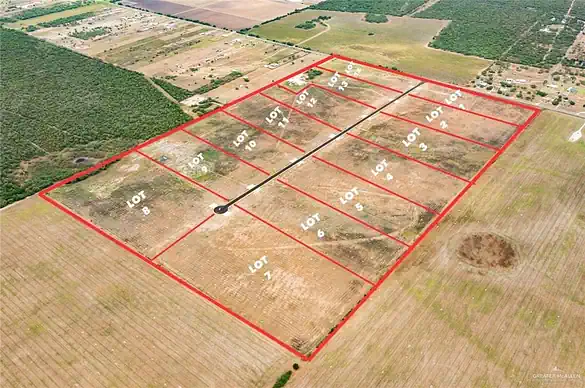Introduction
Purchasing rural land can be an exciting opportunity for those looking to invest in property, build a home, or enjoy the tranquility of rural living. However, buying rural land comes with its own set of challenges and considerations. In this guide, we will explore the process of purchasing rural land, including factors to consider, financing options, and important steps to take.
Factors to Consider When Purchasing Rural Land
1. Location
The location of the rural land is crucial. Consider proximity to amenities such as schools, hospitals, shopping centers, and recreational facilities. Also, think about access to major roads and public transportation.
2. Zoning and Land Use Regulations
Check the zoning regulations and land use restrictions in the area. This will determine what you can do with the land, such as building a home, farming, or other commercial activities.
3. Access to Utilities
Ensure the land has access to essential utilities such as water, electricity, and sewage systems. If these utilities are not readily available, consider the cost of installing them.
4. Environmental Factors
Consider environmental factors such as flood zones, soil quality, and natural hazards. These can affect the suitability of the land for your intended use and may impact insurance costs.
5. Land Size and Terrain
Determine the size of the land you need and consider the terrain. Flat, arable land is ideal for farming or building, while hilly or rocky terrain may be more challenging and costly to develop.
Financing Options for Rural Land Purchase
1. Cash Purchase
Paying cash for rural land is the simplest and most straightforward option. However, it may not be feasible for everyone due to the high cost of land.
2. Land Loans
Land loans are specifically designed for purchasing land. They typically have higher interest rates and shorter terms than traditional mortgages.
3. Owner Financing
Some sellers may offer owner financing, where they act as the lender and allow you to make payments directly to them. This can be a flexible option, but terms and interest rates can vary.
4. USDA Loans
The U.S. Department of Agriculture (USDA) offers loans for rural land purchase through its Rural Development program. These loans often have favorable terms for low and moderate-income buyers.
Steps to Take When Purchasing Rural Land
1. Research
Do thorough research on the area and the property you’re interested in. Visit the land in person if possible and talk to locals to get a sense of the community.
2. Hire Professionals
Consider hiring professionals such as a real estate agent, surveyor, and attorney to help you navigate the purchase process and ensure everything is done correctly.
3. Make an Offer
Once you’ve found the right property, make an offer to the seller. Negotiate the price and terms of the sale, taking into account your financing options and budget.
4. Conduct Due Diligence
Before closing the deal, conduct due diligence to ensure there are no liens, easements, or other issues with the property that could affect your ownership.
5. Close the Deal
Once everything is in order, close the deal by signing the necessary paperwork, paying any closing costs, and transferring ownership of the land.
Conclusion
Purchasing rural land can be a rewarding investment, providing a peaceful retreat or a foundation for future development. By considering the factors mentioned above, exploring financing options, and taking the necessary steps, you can make an informed decision and find the perfect rural land for your needs.



